 Mules played an important role in our country during the Reconstruction Period: they patiently worked the fields, packed necessary artillery for the army, and served as a durable riding and driving animal in the westward movement. With the coming of the industrial age, their uses were minimized and they were faced with the possibility of extinction in the march of progress. Today, through the persistent determination of mule enthusiasts, mules are once again emerging as a conceivable asset to our economy and a unique form of athletic achievement and entertainment.
Mules played an important role in our country during the Reconstruction Period: they patiently worked the fields, packed necessary artillery for the army, and served as a durable riding and driving animal in the westward movement. With the coming of the industrial age, their uses were minimized and they were faced with the possibility of extinction in the march of progress. Today, through the persistent determination of mule enthusiasts, mules are once again emerging as a conceivable asset to our economy and a unique form of athletic achievement and entertainment.
With new and improved training techniques, the mules of today are known for their beauty and outstanding athletic ability, their durability and their intelligence. Their uses are limited only to the imaginations of their owners. It is now commonly known that with proper training, a mule can perform better than the horse it was bred from. Subsequently, mules are not only competing in mule shows, but horse shows as well—in events from cutting to dressage. Cattle ranchers have discovered the mule to be an important asset in their business. He can go all day without tiring and can cover terrain that might discourage a horse, not to mention that the ride is much more comfortable. Hunters caught in the heavy snows of the Rocky Mountains praise their mules for carrying out heavy game and blazing trails through treacherous snowy ground, leading them and their horses to safety. Sales persons are grateful to both mules and donkeys for their humorous contributions in advertising and children appreciate the companionship and affection that mules can offer. Even the army has conceded that mules could make their contribution to the economy through their use in mountain light infantry divisions. The only problem that arises is educating people on mule psychology so that they can train them properly.
Although mules look and often act a lot like horses, there is a vast difference between the two psychologically. If a horse is given green pastures, plenty of clear water, and friends of his own kind, he is generally contented; the mule needs more. He possesses a curiosity about the world around him that requires him to participate and interact. For instance, if you were to walk out into a field where horses were grazing, chances are they would give you a glance and continue their grazing with a certain amount of indifference. Mules, on the other hand, would be compelled to approach you and check you out.  They will generally follow you around until you leave the field, begging for attention or simply observing you closely from a safe distance. Mules have a genuine desire to make friends with those other than their own species. Also, they are a very sensitive animal and can read your intentions through the tone of your voice and your body language.
They will generally follow you around until you leave the field, begging for attention or simply observing you closely from a safe distance. Mules have a genuine desire to make friends with those other than their own species. Also, they are a very sensitive animal and can read your intentions through the tone of your voice and your body language.
Being the sensitive animal that they are, they have a low tolerance to pain. This contributes to their careful and deliberate way of going—a mule will do everything possible to keep himself safe. He is careful about his footing in treacherous terrain as well as careful about the feed he eats. Knowing this about mules can be a valuable aid in training. If a mule is not doing what you ask and you lose your temper, he will try anything and everything to escape the pain. This is where the old wives’ tales had their beginnings. Those who understand the mule’s low threshold for pain and understand his desire to please will either move on to something different if he is not giving the desired response, or introduce the lesson differently to clarify what is expected. In any case, beating a mule into submission will only cause fear and resentment, and being as intelligent as they are, they will only distrust you. Once they distrust you it is very difficult to make amends since they also possess an excellent memory!
In the early days, mules and horses had to be “broken” and trained quickly due to limited time for such matters. Trainers did not have the patience it takes to bring a mule along “right;” consequently the results were sayings such as: “Stubborn as a mule,” “Kick like a mule,” and “Get a mule’s attention with a two-by-four.” The old trainers may have succeeded in getting the mules to work, but they could never trust them… conversely, with broken spirits, the mules never trusted their trainers either.
Today good mule trainers apply the basic techniques of Behavior Modification (reward system training) in their programs. That is, getting the desired response through positive reinforcement and ignoring, as much as possible, the undesired behavior. Negative reinforcement, or punishment, is used sparingly and is never severe. Voice is an effective form of negative reinforcement. A firm “No” when he is misbehaving is generally sufficient, followed by a few minutes of ignoring him. If you have a mule that bites, a firm pinch on the nose, a “No,” then ignoring him for a bit should do the trick. If you have one who kicks, try your voice first. If he persists, quietly restrain a hind leg in a scotch tie while working on him. If he begins to kick in the scotch tie, stand back and ignore him until he has settled down. When he is settled, reward him by scratching his rear, and then resume your work. He will soon learn that he is responsible for causing his own pain and, preferring the reward, he should eventually cooperate.
Restraints are helpful in dealing with mules but must not be applied so they cause pain. Hobbles, leg straps, and scotch ties are generally all that is needed in dealing with difficult mules. Even if the mule has led a life of abuse, their ability to determine just who is responsible for their pain means that with love and kindness, they can be taught to trust again–it just takes a lot of time and patience. If you find restraints are not sufficient, you may be dealing with an outlaw, in which case it is best to put him out of his misery before he injures someone.
 Still, the most important thing to remember is to praise the mule with caressing and scratching when he does what you desire and back it up with the food reward. Mules love this kind of attention and will do their best to get it. If they are rewarded immediately when they are behaving as desired, the desired behavior will eventually become the norm. If bad behavior is ignored or gently reprimanded, it will fade to a minimum. The result is a pleasant, affectionate, and dependable animal.
Still, the most important thing to remember is to praise the mule with caressing and scratching when he does what you desire and back it up with the food reward. Mules love this kind of attention and will do their best to get it. If they are rewarded immediately when they are behaving as desired, the desired behavior will eventually become the norm. If bad behavior is ignored or gently reprimanded, it will fade to a minimum. The result is a pleasant, affectionate, and dependable animal.
Though we are still a busy society, with the help of technology we are more able to give the mule the time and appreciation he deserves. Consequently, we are continually discovering new uses for the much maligned mule, enjoying him more, and in the process, we’re putting the old wives’ tales to rest.
Yesterday’s mules sturdy and strong
The days in the fields were often quite long
The man with the whips sometimes evened the score
With a jolt to the head by a stout two-by-four.
“Understanding” a word not common for slaves
Caused many good mules to go to their graves
“Stubborn and cranky are mules,” said most men
Who used and abused them then were kicked or bitten.
When industry triumphed, the mules quickly faded
But the tales remained and were often quite jaded
Twas never the man with the stout two-by-four
Who was wrong from the start to push mules way too far
But the folks who were ignorant knew only what’s said
And since mules cannot talk, their reputation was dead
They’re known to be pushy, vengeful, and cross
So man abandoned the mule for his exquisite horse.
With more time to our leisure the mules of today
Are treated much better and perform just that way
The love and affection the mules can now give
Makes raising and training them a warm way to live.
To meet them and greet them, to own one or not
The mules of today exhibit just what they got!
We’ve banned the “Old Wives’ Tales” and made a new rule
If you aren’t too stubborn, why not ride a mule!
To learn more about Meredith Hodges and her comprehensive all-breed equine training program, visit LuckyThreeRanch.com, MEREDITH HODGES PUBLIC FIGURE Facebook page, or call 1-800-816-7566. Check out her children’s website at JasperTheMule.com. Also, find Meredith on Pinterest, Instagram, MeWe, YouTube and Twitter.
Covered in TRAINING MULES & DONKEY: A LOGICAL APPROACH TO TRAINING, TRAINING WITHOUT RESISTANCE and EQUUS REVISITED at www.luckythreeranchstore.com.
© 1985, 2016, 2024 Lucky Three Ranch, Inc. All Rights Reserved.
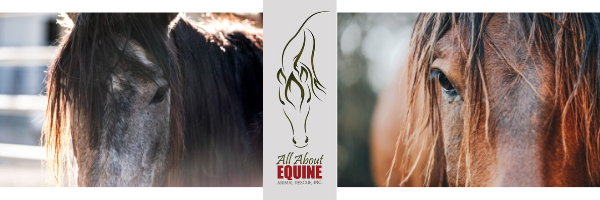
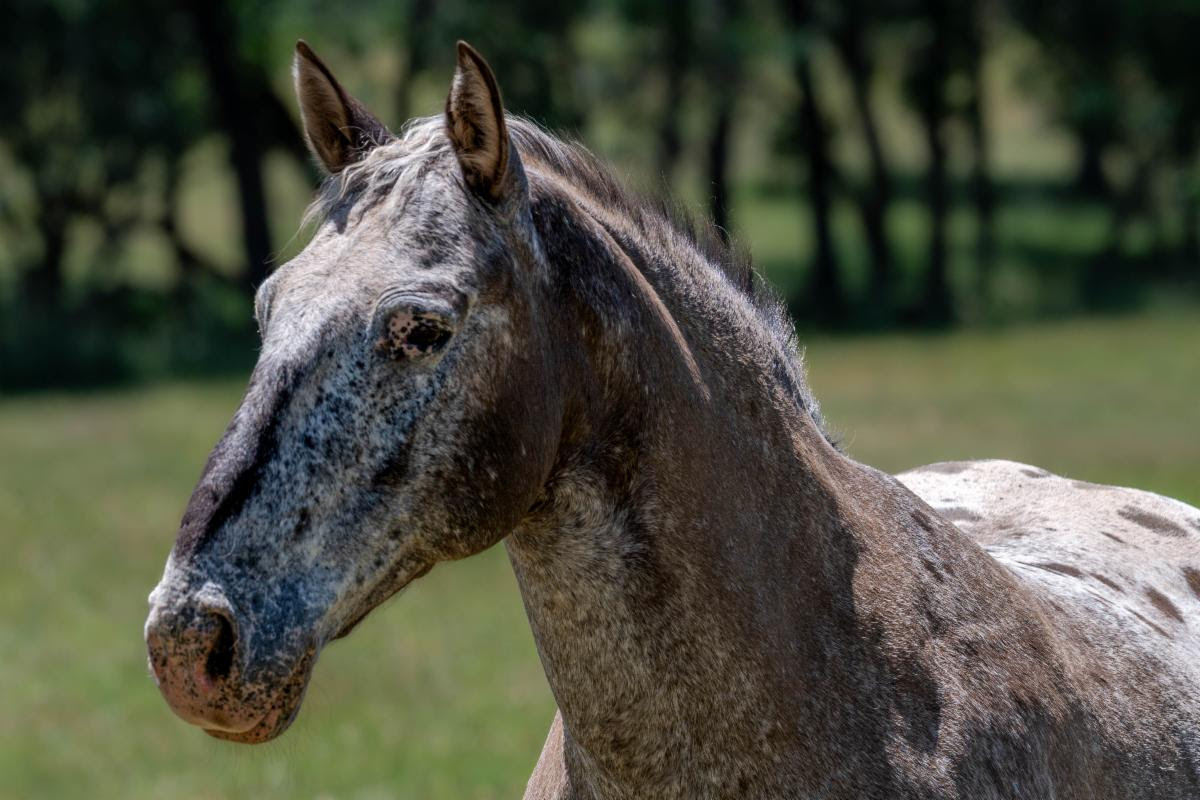
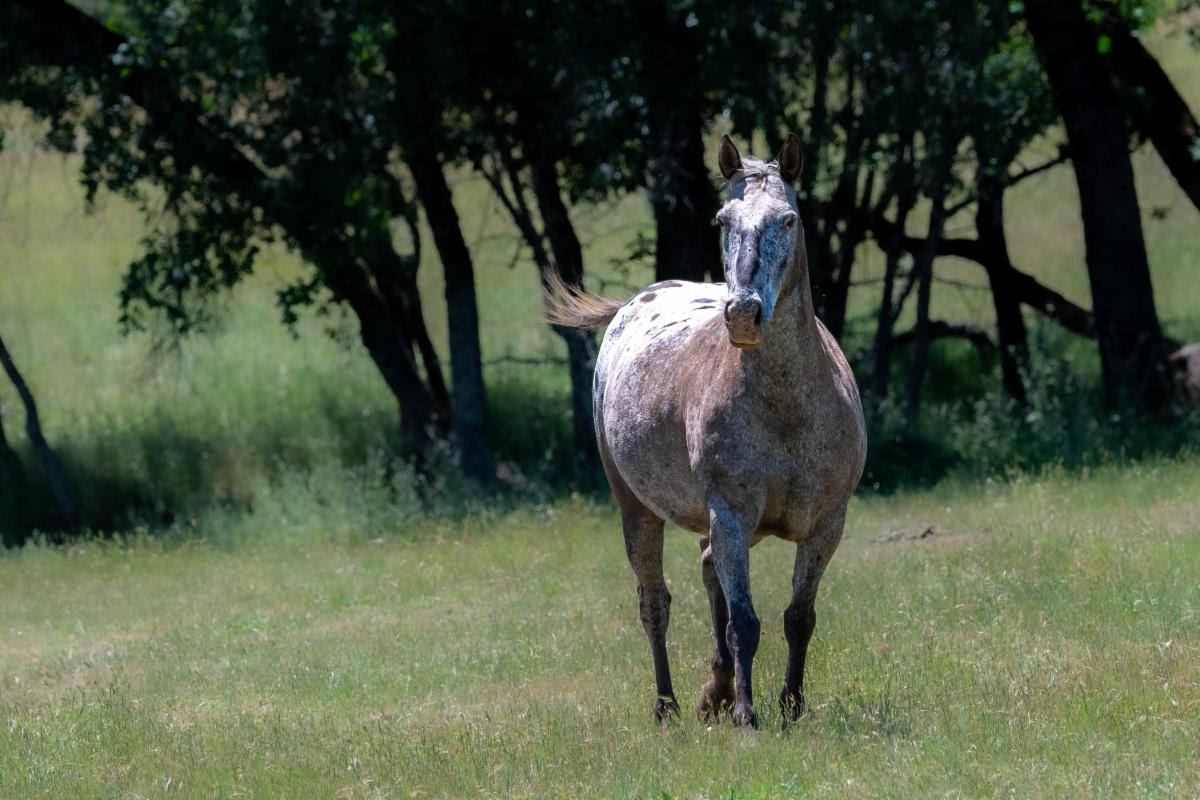
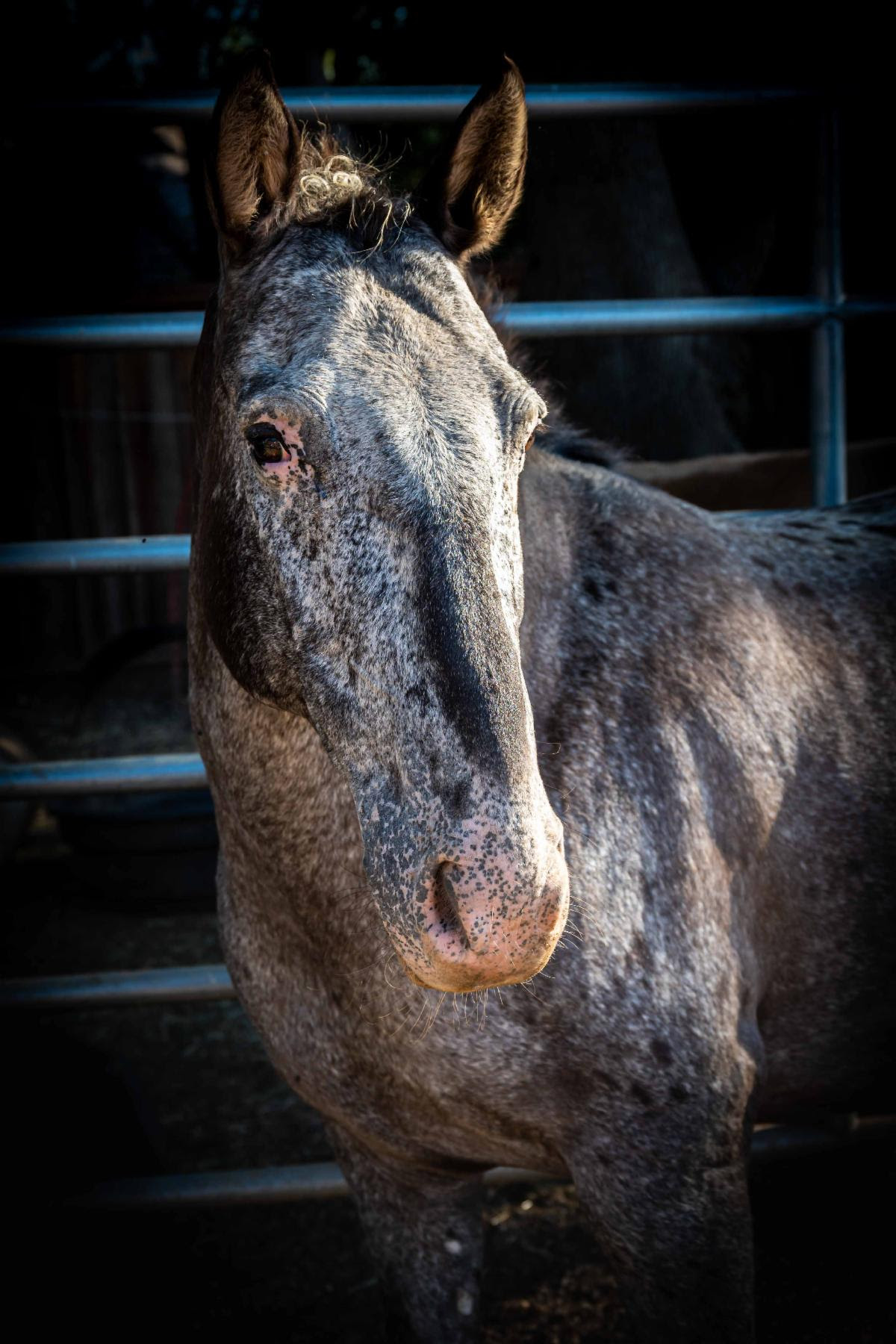 While we’ve loved spending time with the darling Dakota, we’d love it even more if he could find his forever person! If you think Dakota sounds like a match made in heaven, please visit his bio to learn more and submit an adoption inquiry.
While we’ve loved spending time with the darling Dakota, we’d love it even more if he could find his forever person! If you think Dakota sounds like a match made in heaven, please visit his bio to learn more and submit an adoption inquiry.

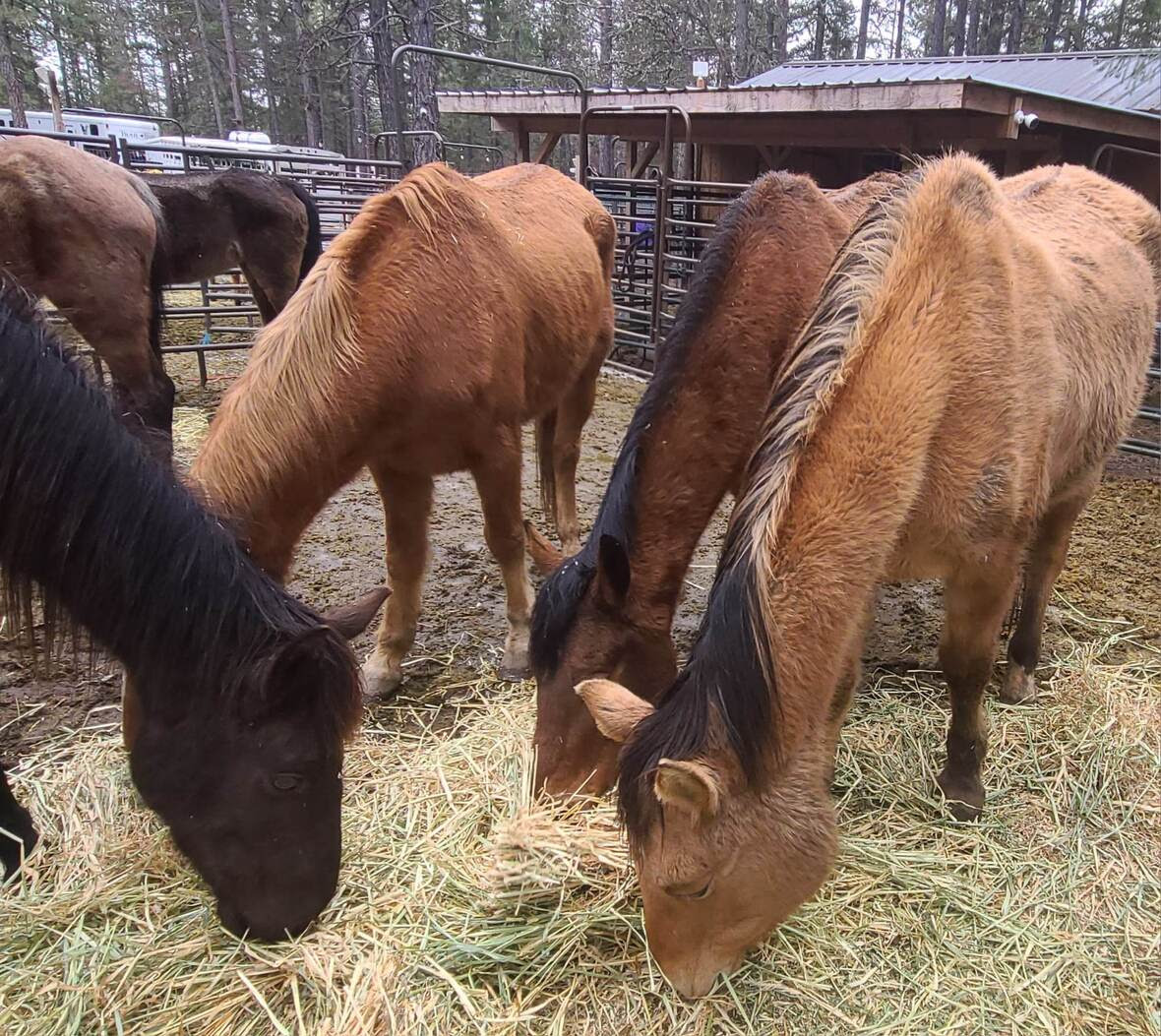


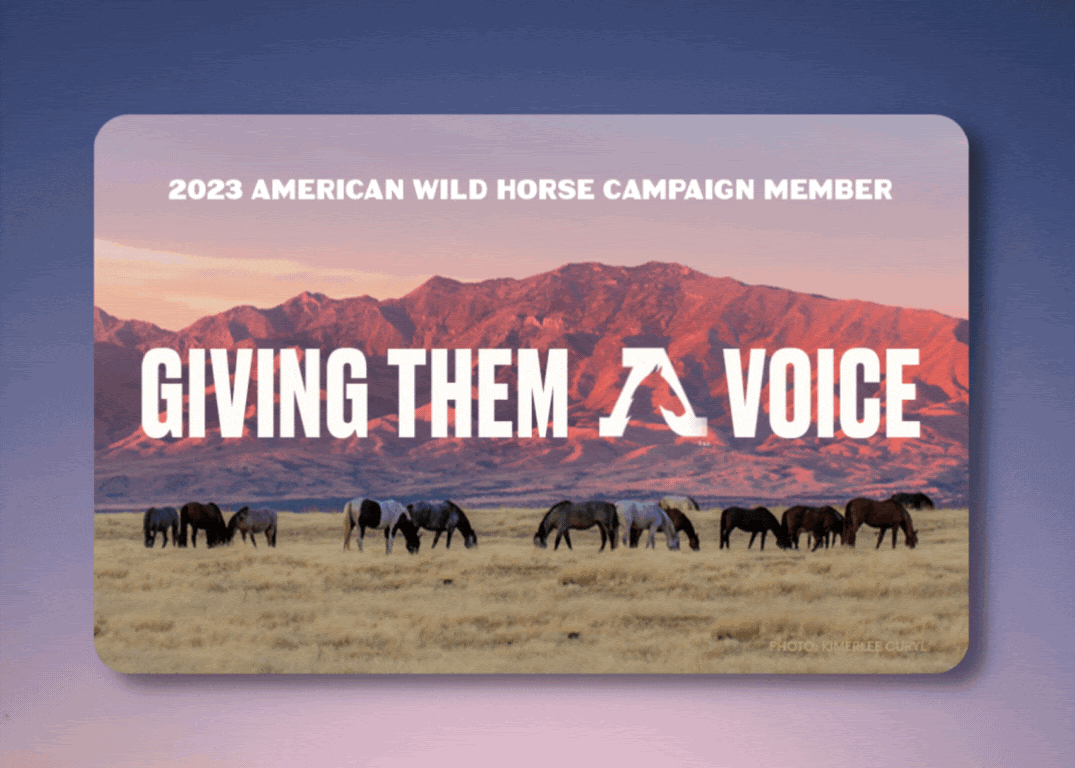
 Proving through our fertility control program on Nevada’s Virginia Range that humane, in-the-wild management works,
Proving through our fertility control program on Nevada’s Virginia Range that humane, in-the-wild management works,
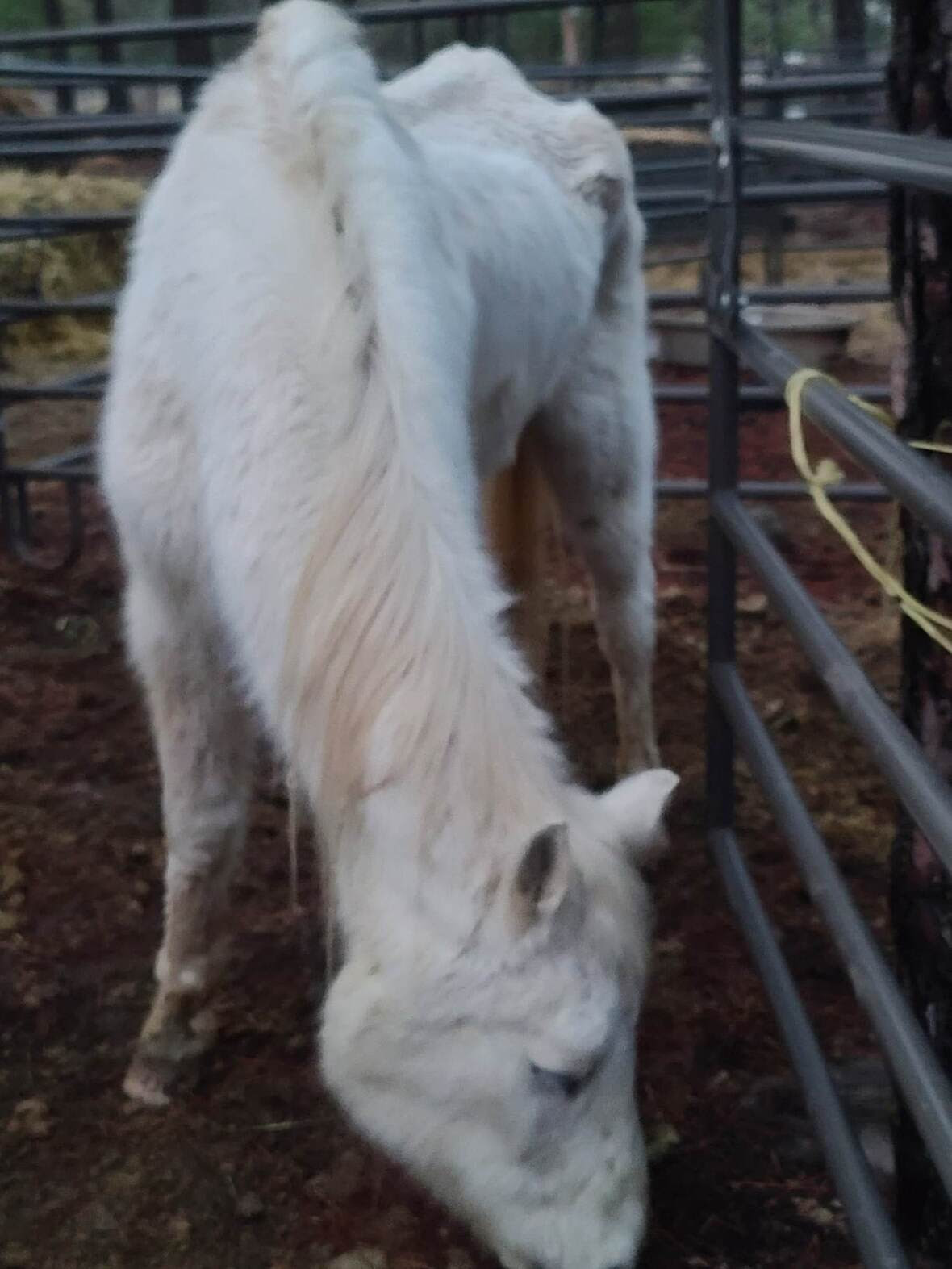
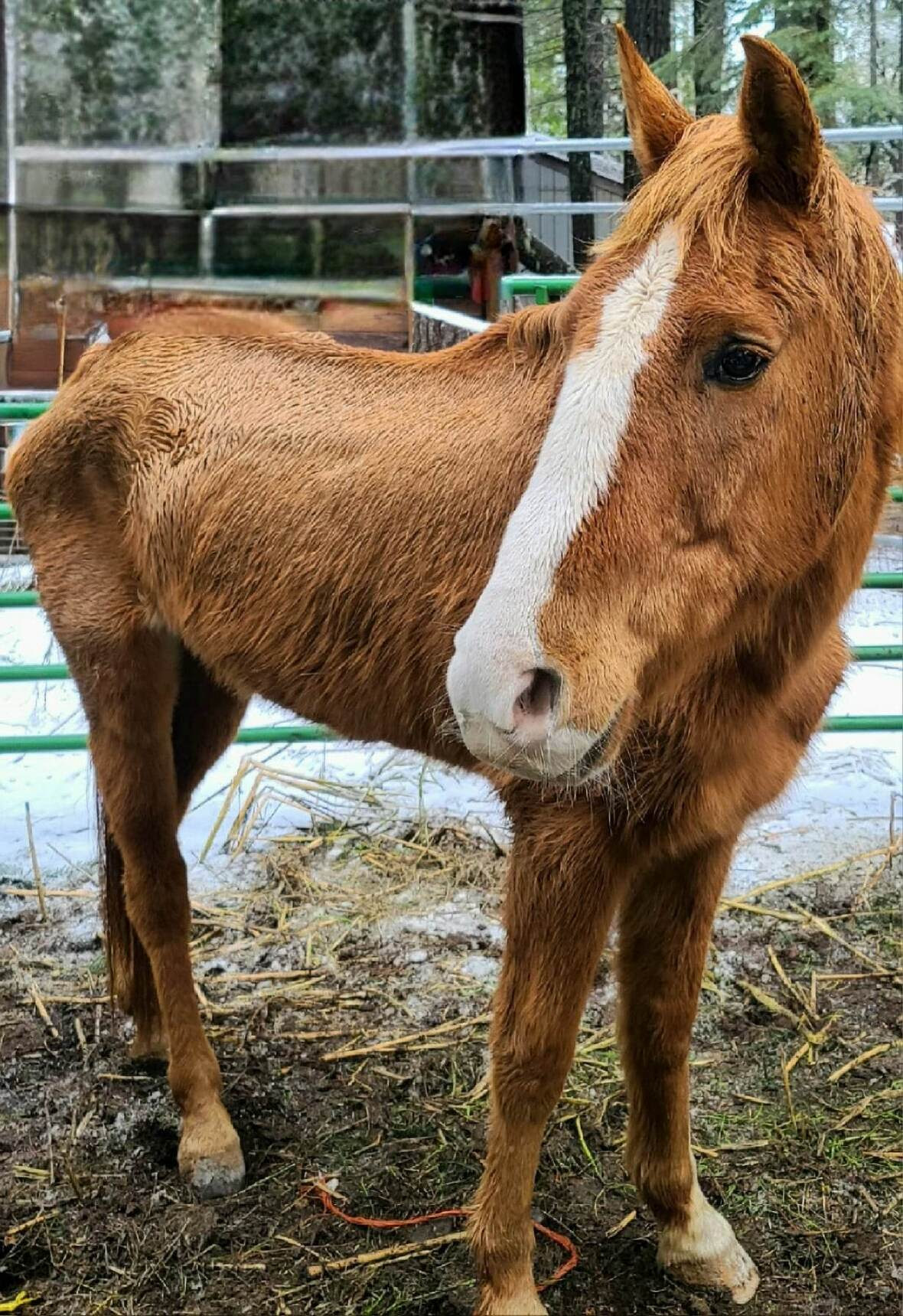
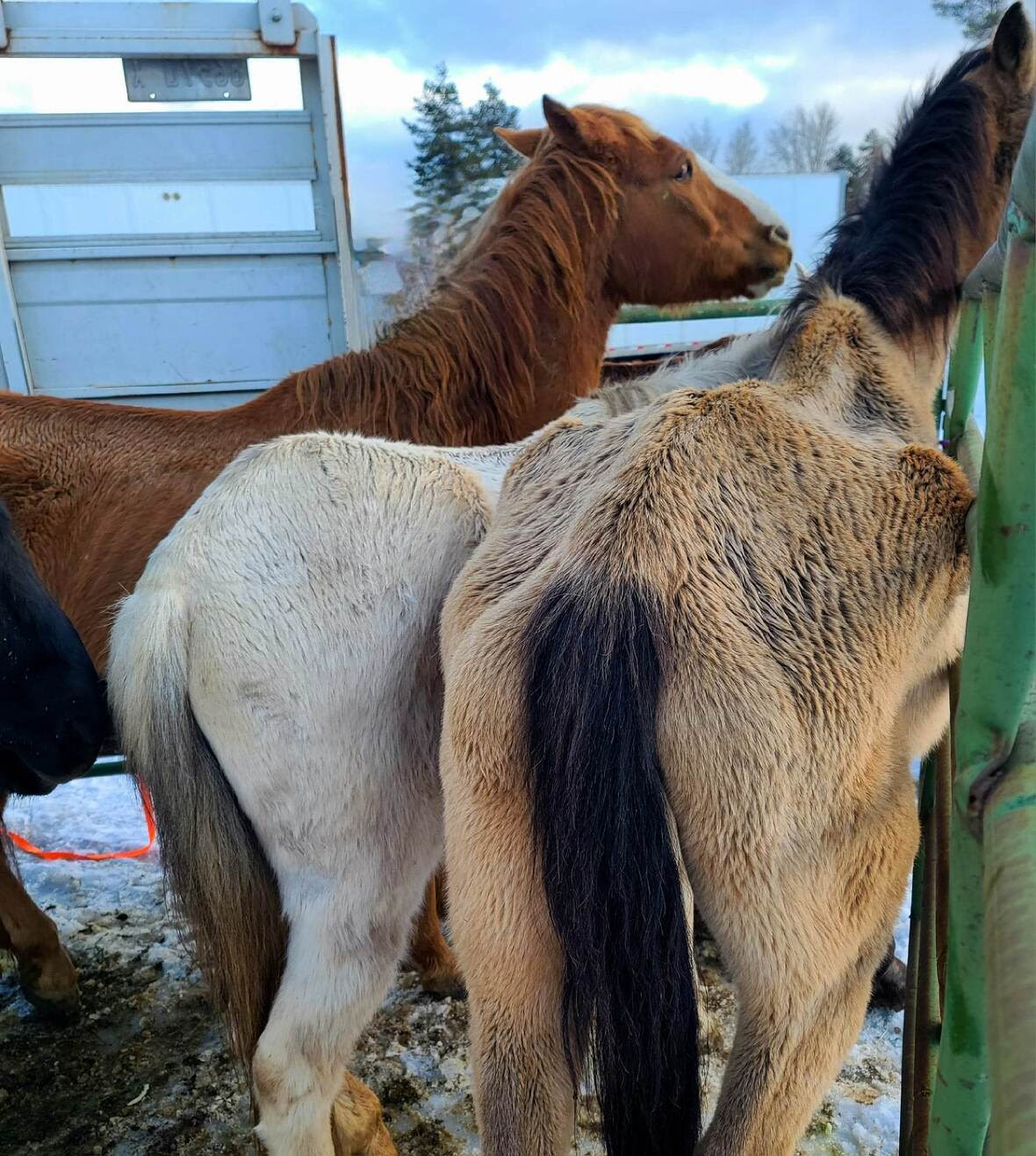 UPDATE – There are still more horses to pull. (7 or 8, I believe).
UPDATE – There are still more horses to pull. (7 or 8, I believe).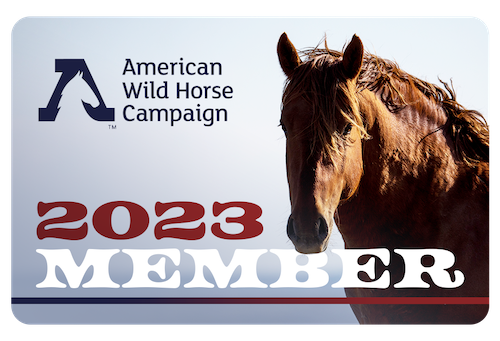
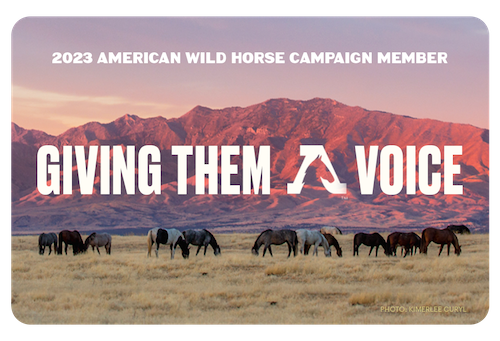
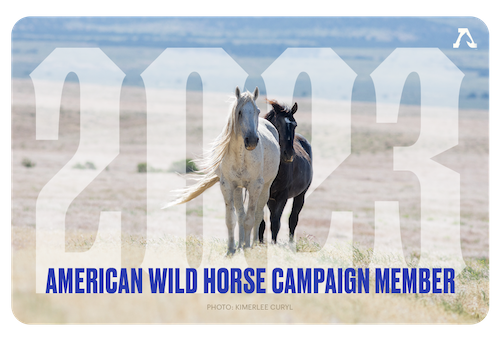
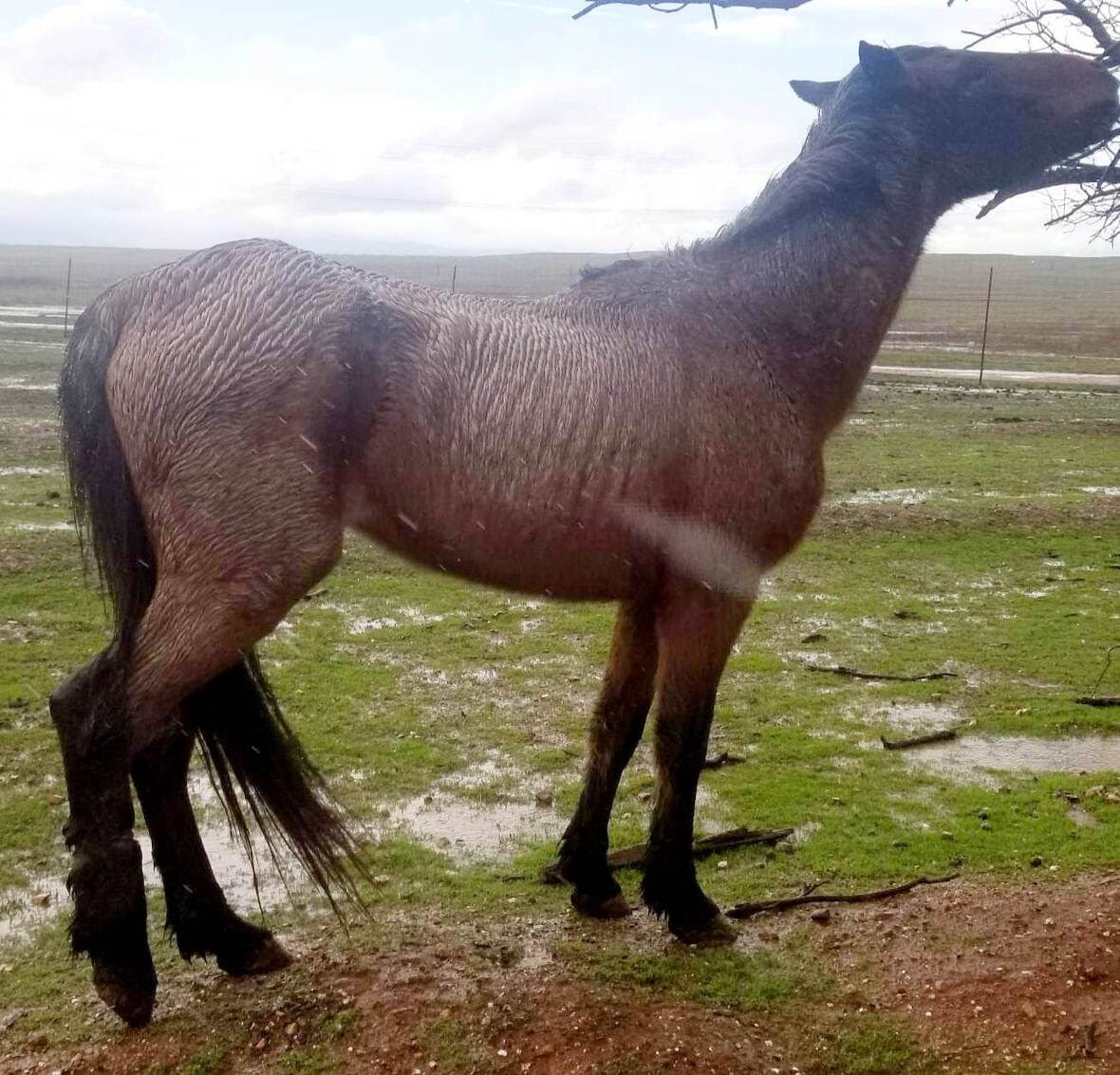
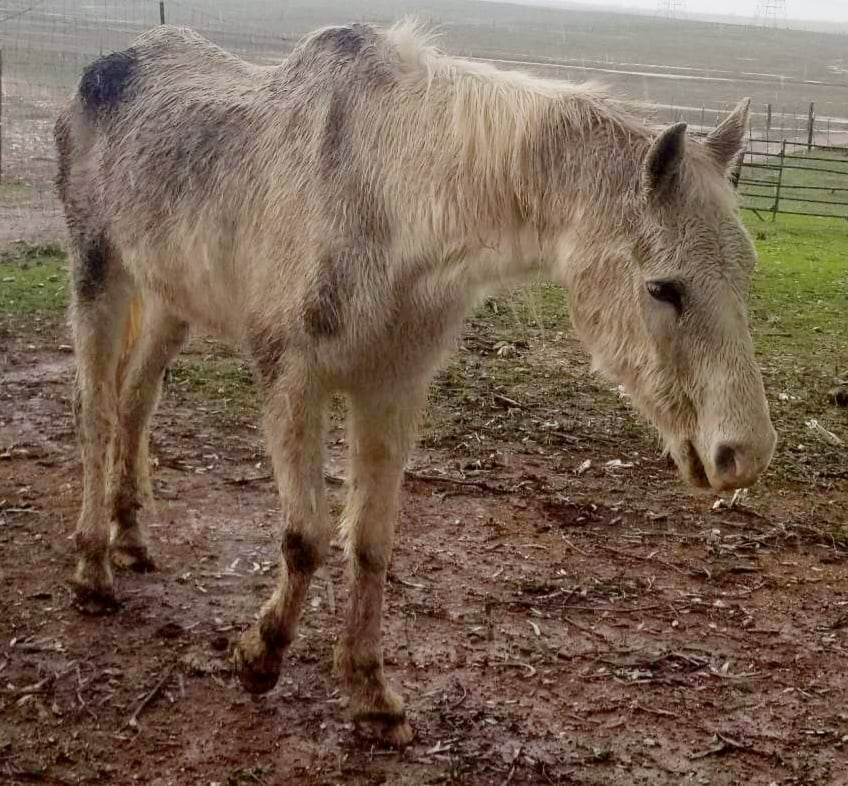
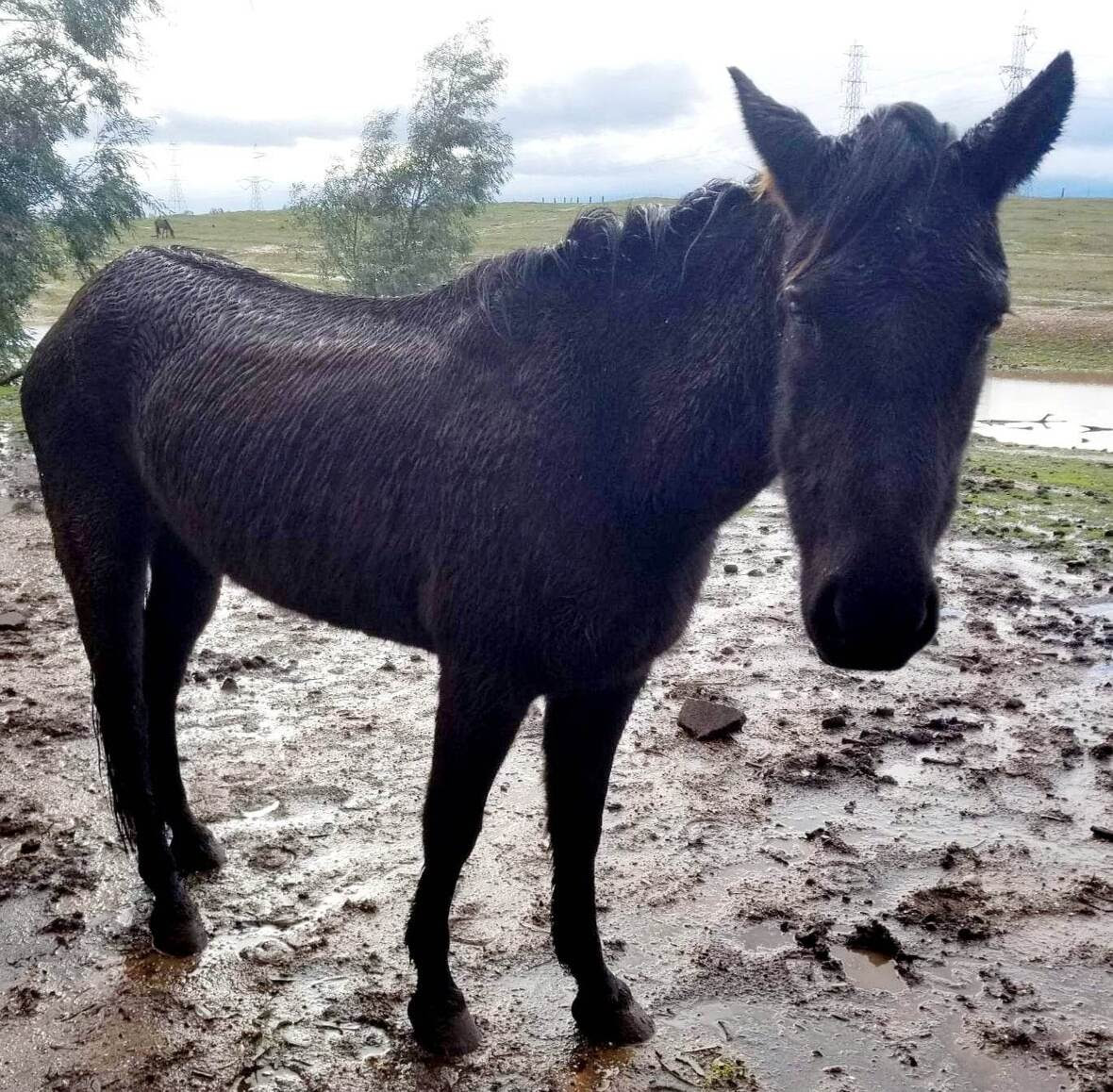 We are starting off 2023 with a huge and tragic call for help.
We are starting off 2023 with a huge and tragic call for help.

![Help us select our Official 2023 American Wild Horse Campaign member card. [[Shows each of 3 options: Option 1 shows a brown mustang looking head on into the camera and says "2023 Member" Option 2 shows a dozen mustangs grazing in the field in the sunset and says "Giving Them A Voice" and Option 3 has a big "2023" in the background and shows a brown and a white stallion running towards the camera]] VOTE NOW!](https://ci6.googleusercontent.com/proxy/TDefxCKzc8F7mD9RLczZqddhMNEDDB1pa0ETZ7tMnWyEZ9HZT5n7Fg-51G_vWQmUUxgOylfz69zp5vto4fHk19WHaUHnE_vFNClpoTDyZJ-Wy50A3WvBWIDkVkRLsl-iORIGAo24zagTAFvXSmUrl0YN1GFP5JLsNIpdBBY=s0-d-e1-ft#https://prod.cdn.everyaction.com/images/van/EA/EA002/1/67303/images/AWHC-MembershipCardVote1%20%281%29.png)

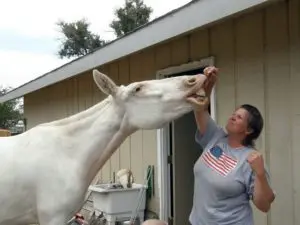 Mules and donkeys are wonderful animals. They’re strong, intelligent and what a sense of humor! But training a mule or donkey is different from training a horse. They require love patience, understanding and a good reward system. Negative reinforcement should be used sparingly and only to define behavioral limits. The result is an animal that is relaxed, submissive, obedient, dependable and happy with his work.
Mules and donkeys are wonderful animals. They’re strong, intelligent and what a sense of humor! But training a mule or donkey is different from training a horse. They require love patience, understanding and a good reward system. Negative reinforcement should be used sparingly and only to define behavioral limits. The result is an animal that is relaxed, submissive, obedient, dependable and happy with his work. long ago when there was virtually nothing published on this subject. Those of us who were training needed to use educational resources published on horse training and modify those techniques to better suit our Longears. This still left a lot of room for trial and error…and frustration for both the trainer and the animal.
long ago when there was virtually nothing published on this subject. Those of us who were training needed to use educational resources published on horse training and modify those techniques to better suit our Longears. This still left a lot of room for trial and error…and frustration for both the trainer and the animal. increased interest has come an increase in the numbers of animals that need to be trained each year. The few trainers who are competent with Longears could not possibly train even most of the animals that need it, even if it were geographically possible
increased interest has come an increase in the numbers of animals that need to be trained each year. The few trainers who are competent with Longears could not possibly train even most of the animals that need it, even if it were geographically possible home and become a problem within as little as three months. It is important to take an active part in the training of your Longears. The more you can be a part of the training, the better for both you and your animal. Even if your mule or donkey is with a competent trainer, you need to plan on spending at least two days a week with your animal and the trainer so that your animal learns to trust you as well as the trainer. Being present and interactive with your animal at feeding time will solidify the trust he gains.
home and become a problem within as little as three months. It is important to take an active part in the training of your Longears. The more you can be a part of the training, the better for both you and your animal. Even if your mule or donkey is with a competent trainer, you need to plan on spending at least two days a week with your animal and the trainer so that your animal learns to trust you as well as the trainer. Being present and interactive with your animal at feeding time will solidify the trust he gains. series proves that this was a great way to reach people and help them to reach new levels of communication with their animals. People who never before had the courage nor confidence to even attempt such a thing are discovering the self satisfaction and elation of training their own mules and donkeys. Most people tell me it is the best part of their day when they can work with their animals. They are quite surprised at how easy it is to establish a routine that fits with their other weekly activities…thanks to the intelligence and forgiveness of these wonderful animals.
series proves that this was a great way to reach people and help them to reach new levels of communication with their animals. People who never before had the courage nor confidence to even attempt such a thing are discovering the self satisfaction and elation of training their own mules and donkeys. Most people tell me it is the best part of their day when they can work with their animals. They are quite surprised at how easy it is to establish a routine that fits with their other weekly activities…thanks to the intelligence and forgiveness of these wonderful animals. At first, you might think there just isn’t enough time to spend with your animal to accomplish all this, but somehow we all manage to make time for these things when we have children. We learn to experience and grow with our children, as we can also do with our animals by being realistic with our expectations at each stage of growth and training. We give ourselves the time to do this without the pressure of being hurried. There are few times in this world when we are really able to “stop and smell the roses.” Longears can afford us this very special time if you only let them. Look upon the time with your donkey or mule as you would look upon the time you spend with your child. Some days will be for learning and some for just plain fun. When there are learning days, try to make them fun and stress-free. Someday you’ll find yourself saying: “I can’t believe he has turned out to be so good. I never really felt like I was ‘training’ him!”
At first, you might think there just isn’t enough time to spend with your animal to accomplish all this, but somehow we all manage to make time for these things when we have children. We learn to experience and grow with our children, as we can also do with our animals by being realistic with our expectations at each stage of growth and training. We give ourselves the time to do this without the pressure of being hurried. There are few times in this world when we are really able to “stop and smell the roses.” Longears can afford us this very special time if you only let them. Look upon the time with your donkey or mule as you would look upon the time you spend with your child. Some days will be for learning and some for just plain fun. When there are learning days, try to make them fun and stress-free. Someday you’ll find yourself saying: “I can’t believe he has turned out to be so good. I never really felt like I was ‘training’ him!”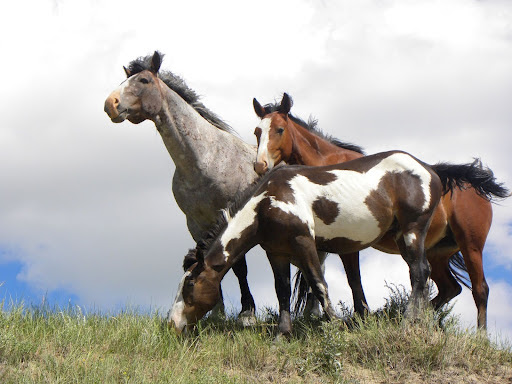
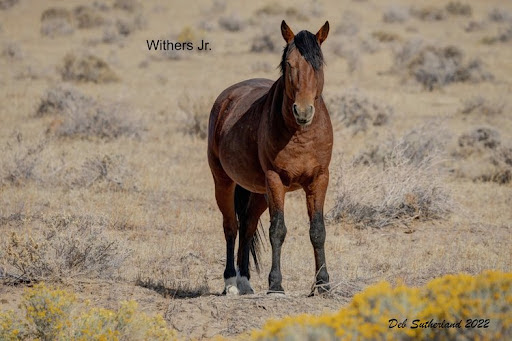
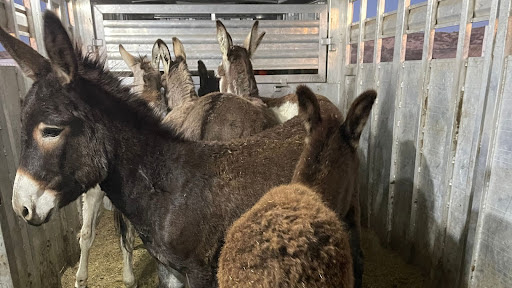

 Mules played an important role in our country during the Reconstruction Period: they patiently worked the fields, packed necessary artillery for the army, and served as a durable riding and driving animal in the westward movement. With the coming of the industrial age, their uses were minimized and they were faced with the possibility of extinction in the march of progress. Today, through the persistent determination of mule enthusiasts, mules are once again emerging as a conceivable asset to our economy and a unique form of athletic achievement and entertainment.
Mules played an important role in our country during the Reconstruction Period: they patiently worked the fields, packed necessary artillery for the army, and served as a durable riding and driving animal in the westward movement. With the coming of the industrial age, their uses were minimized and they were faced with the possibility of extinction in the march of progress. Today, through the persistent determination of mule enthusiasts, mules are once again emerging as a conceivable asset to our economy and a unique form of athletic achievement and entertainment. They will generally follow you around until you leave the field, begging for attention or simply observing you closely from a safe distance. Mules have a genuine desire to make friends with those other than their own species. Also, they are a very sensitive animal and can read your intentions through the tone of your voice and your body language.
They will generally follow you around until you leave the field, begging for attention or simply observing you closely from a safe distance. Mules have a genuine desire to make friends with those other than their own species. Also, they are a very sensitive animal and can read your intentions through the tone of your voice and your body language. Still, the most important thing to remember is to praise the mule with caressing and scratching when he does what you desire and back it up with the food reward. Mules love this kind of attention and will do their best to get it. If they are rewarded immediately when they are behaving as desired, the desired behavior will eventually become the norm. If bad behavior is ignored or gently reprimanded, it will fade to a minimum. The result is a pleasant, affectionate, and dependable animal.
Still, the most important thing to remember is to praise the mule with caressing and scratching when he does what you desire and back it up with the food reward. Mules love this kind of attention and will do their best to get it. If they are rewarded immediately when they are behaving as desired, the desired behavior will eventually become the norm. If bad behavior is ignored or gently reprimanded, it will fade to a minimum. The result is a pleasant, affectionate, and dependable animal.